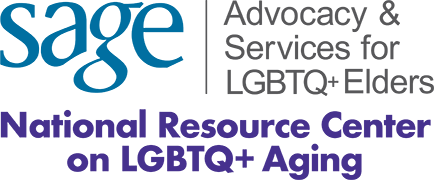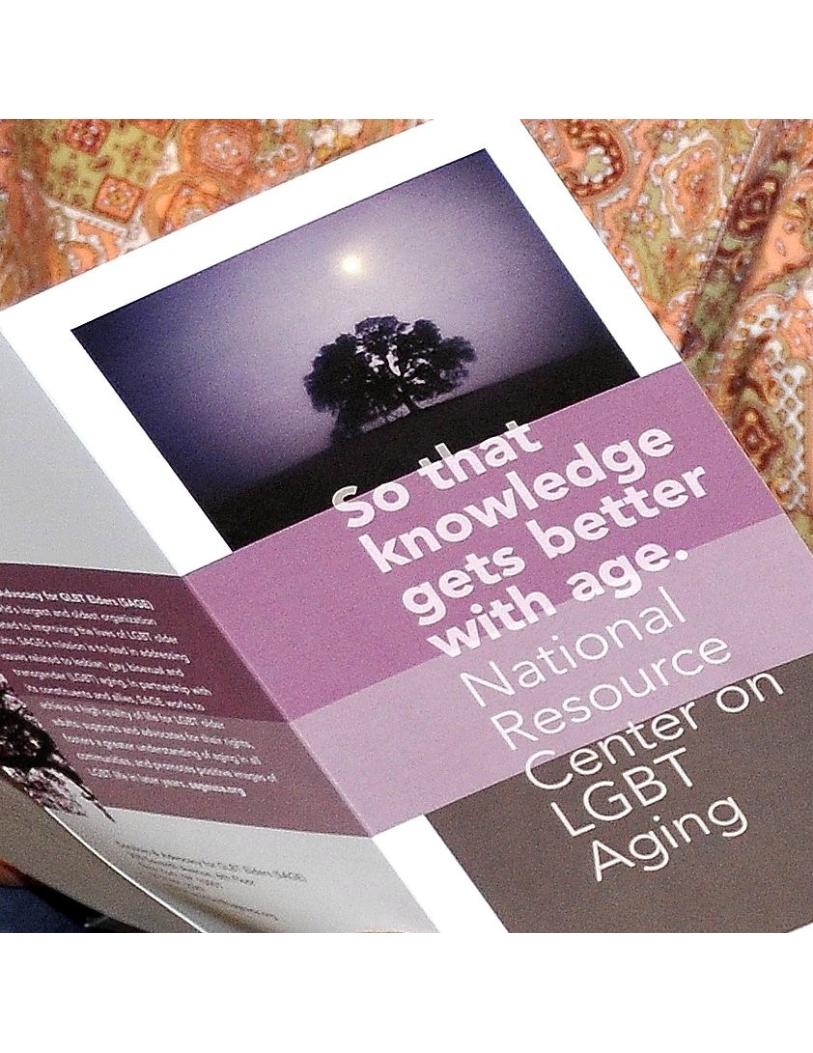Community Based Participatory Research/Action: How To Do A Needs Assessment
August 2012 | Laurens G. Van Sluytman, PhD, MA, LCSW
Many factors provide rationale for conducting needs assessments. For example, an organization may wish to revise its mission given its success or failure in working with a population. Or the identification of a "new," "visible" population or emergence of a new problem requires the organization to deeply examine their needs. However "new" and "visible" populations are not spontaneously generating groups without roots in communities. And at times, what is seen as a problem by some may actually be an opportunity for others. Take for example that there are 1,310, 048 New Yorkers age 60 and above in New York City. Thirty percent reside in Brooklyn. Thirty-eight percent live in poverty and one half are foreign born. If we then assume that at least 10 percent of the population is lesbian, gay, bisexual or trans (LGBT) then approximately 50 thousand LGBT elders are living in poverty. Accordingly, services to elders must ask important questions such as how do we address the issues commonly associated with aging as well as overarching issues associated with poverty and immigrant status.
Questions such as these require input from stakeholders. A stakeholder is anyone with an interest or concern, who can change or be changed or who is interested in either or both the success and failure of the organization and its membership. To identify stakeholders the organization must ask the following questions:
- Who is affected?
- Who represents the affected (e.g., family, service organizations, religious institutions, elected official, etc.)?
- What accommodations must be made to increase involvement of the affected and their representatives?
- Who are the organizational and local/national change agents (e.g., local merchant, Community Based Organizations (CBO), interest groups, etc.)?
- What are the positions of organizational and local/national change agents?
- Who has both direct and indirect access to key organizational and local/national change agents?
The next step involves inviting stakeholders to the table. While these activities may resemble traditional meet and greets, they also offer opportunities for stakeholder to begin the process of identifying common interests. It is important to note that convening stakeholders may also offer members the opportunity to address issues that are outside the scope of the organization’s capacity. This being the case, establishing clarity is also critical. Establishing clarity begins before, during and after convening stakeholders. Setting ground rules of engagement, developing goals, and identifying methods of attaining goals are essential to establishing clarity. Further, providing equal access to information e.g., size of the population, if known, potential outcomes, methods of data collection (surveys, face to face interviews, etc.), data dissemination, and ethical practices allows members equal footing in dialogue. Once access has been developed members should be encouraged to draft and agree upon a mission. Missions can be lofty (e.g., eradicating discrimination, creating a CBO, etc.). They may also comprise mid-range and individual-levels of community engagement. For example, a mid-range mission may entail determining the most effective way to engage the community in attending a lobby day at the state capital. An individual-level mission may answer the question of which intervention works best to encourage engagement of the LGBT population within a community senior center.
However drafting and agreeing upon a mission final activity requires trust. How do we build trust? Building trust requires that we meet people where they are, both intellectually and physically. At times it is important to remove the conversation from the board room. Large board tables can act as barriers. At other times, large board tables assure members that they deserve to be at the table. Leaving the table involves venturing out into the community. Hands on experience enhances knowledge development. Though experiences may be subjective, through conversation, members are able to negotiate and build common understandings. Finally, stay in contact. Modern convenience such as Skype and email can be employed but should not replace traditional ones i.e., telephones, faxes or US mail.
Community based participatory research/action is an important vehicle to assist us in creating change. It also raises important ethical concerns, such as guaranteeing members of communities’ confidentiality and ownership of the findings. It requires considerable investments of time. However it promotes opportunities to initiate interactions and planning with the community by responding to questions such as these:
- What triggered this attention/action to this issue?
- What is the role of funding and the political environment?
- What are the existing program areas and service structures?
- What are the gaps/room for growth?
- What barriers exist?
These questions and responses expand the involved members and their constituencies’ knowledge and capacity to acquire valuable information and develop effective programming. As such the process "nourishes democracy" by educating individuals ,[1] encourages institutions to be more responsive to the needs and interests of the community, enhances organizational legitimacy,[2] while increasing the community’s trust in the service providing institution.[3]
Laurens G. Van Sluytman, PhD, MA, LCSW is an Assistant Professor at Morgan State University, School of Social Work. His research objectives comprise efforts to identify the role that micro, messo and macro-level factors play in black men’s individual wellness, the lives of their families, communities and larger local and national processes toward developing and implementing effective policies addressing poverty and disparities in health outcomes. He co-authored several papers and presented findings at several national conferences on addiction and aging. His community partners include GRIOT Circle, an intergenerational culturally diverse CBO serving the needs of elder LGBT POC and STAR Inc Baltimore.
[1] LeRoux, K. (2009). Paternalistic or Participatory Governance? Examining Opportunities for Client Participation in Nonprofit Social Service Organizations. Public Administration Review, 69(3), 504-517. doi:10.1111/j.1540-6210.2009.01996.x
[2] Stivers, C. (1994). The Listening Bureaucrat: Responsive-ness in Public Administration. Public Administration Review 54(4): 364 – 69.
[3] Callahan, K. (2007). Citizen Participation: Models and Methods. International Journal of Public Administration 30(11): 1179–96.

